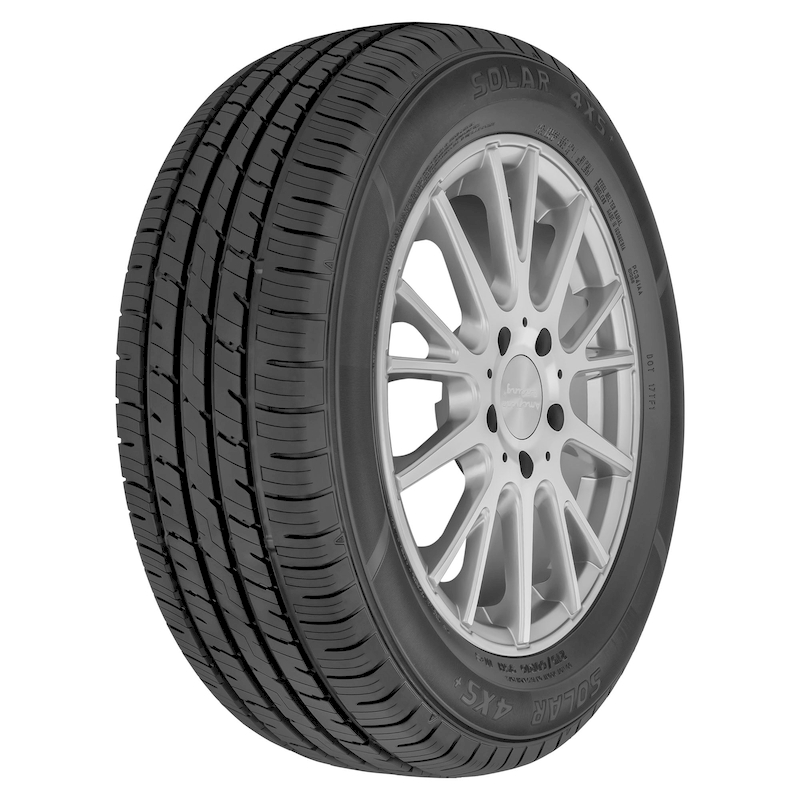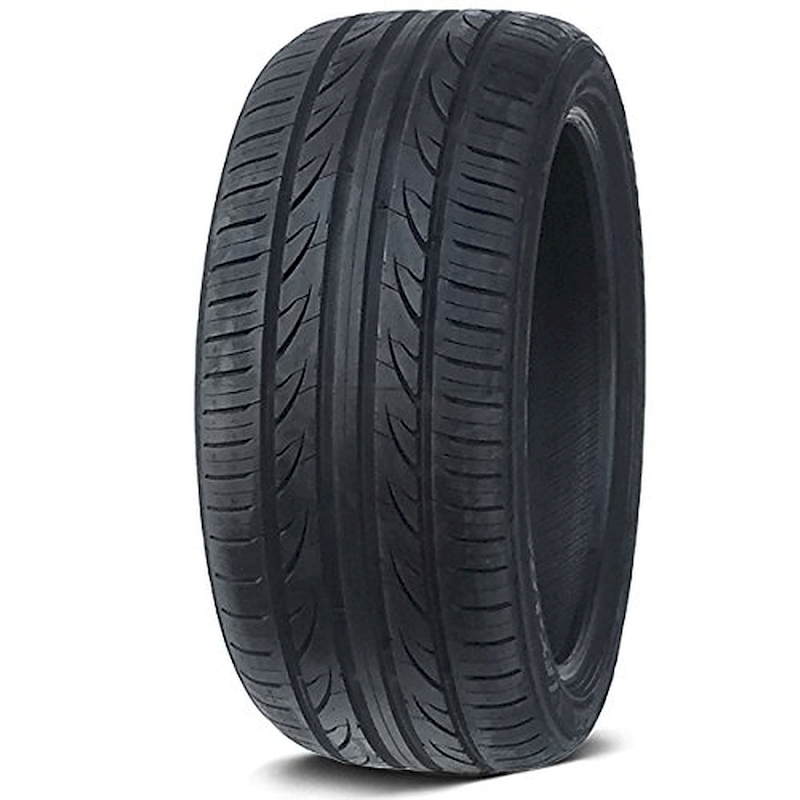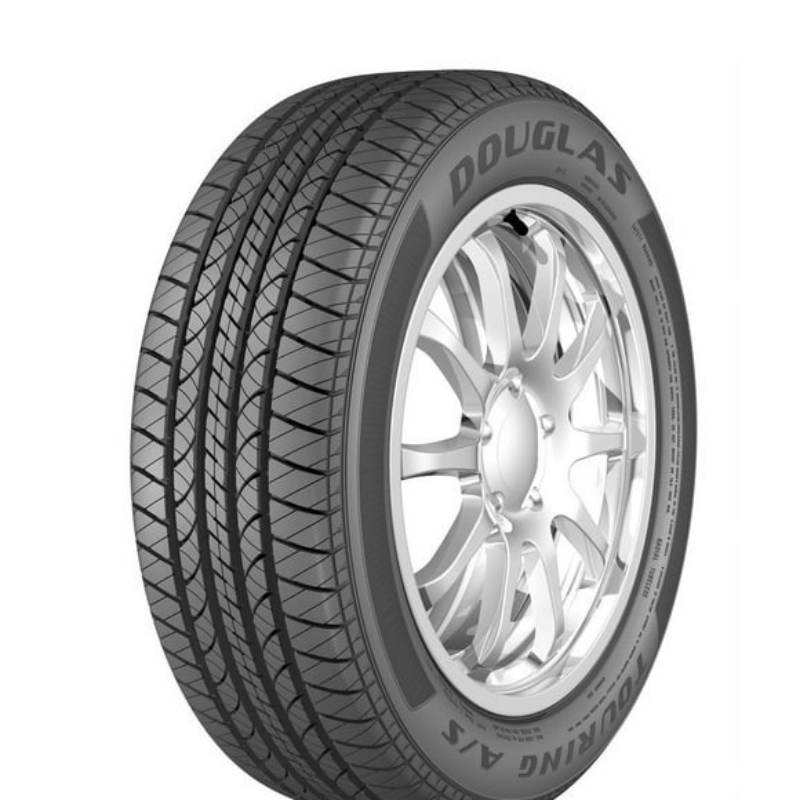Tires are one of the most critical components of any vehicle, serving as the only contact point between the vehicle and the road. An understanding of how tires are made not only helps consumers appreciate their importance but also informs better choices when it comes time to purchase new tires. The manufacturing process is a complex blend of engineering, chemical synthesis, and craftsmanship. Each tire is designed for specific purposes, whether for rugged terrain, urban commuting, or fast rides on highways. Additionally, the materials used in tires play a crucial role in their performance, safety, and longevity. This article delves into the fascinating world of tire production, examining everything from the raw materials involved to the final inspection and quality control measures. By the end, you’ll have a solid understanding of how tires are made and the intricacies behind what keeps us safe on the road.

The Importance of Tires in Modern Vehicles
Tires are often taken for granted, but they perform essential functions that enhance vehicle performance, safety, and comfort. The role of tires extends beyond just providing a smooth ride; they also contribute to crucial areas such as handling, fuel efficiency, and braking stability.
When discussing how tires are made, it is essential to consider their design features that fit specific driving conditions. For example, tires designed for nature’s playground may have deeper treads for off-road grip, while urban tires may prioritize a quieter ride on pavement. Additionally, tire designed for various vehicle types—such as cars, trucks, and scooters—will differ in construction to match the demands placed on them.
Understanding the manufacturing process reveals why tires are engineered the way they are, emphasizing their significance as an investment in safety and performance. Whether you’re navigating urban networks or embarking on fast rides along highways, the choice of tire can dramatically affect your driving experience.
Raw Materials Used in Tire Production
The tire manufacturing process begins with sourcing a variety of raw materials. Each component of a tire serves a unique purpose, working in harmony to create a durable and efficient product. Here are the primary materials used in tire construction:
Natural Rubber
Natural rubber is a key ingredient in tire production, prized for its elasticity, flexibility, and resilience. This material ensures that tires can withstand the stresses of driving while providing a comfortable ride. Natural rubber is harvested from rubber trees and is processed before being integrated into tire formulations.
Synthetic Rubber
In addition to natural rubber, synthetic rubber plays a critical role in tire composition. Synthetic rubber, made from petroleum-based products, can be engineered for specific properties like improved wear resistance and weathering ability. The combination of both natural and synthetic rubber allows manufacturers to optimize performance.
Textiles
Textiles are used to reinforce the structure of a tire, providing stability and strength. Common textile materials include polyester, nylon, or aramid fibers. These materials are woven into layers, known as plies, which help the tire maintain its shape and withstand pressure.
Steel
Steel belts are often incorporated into tires to enhance durability and improve handling. These belts, made from high-strength steel wire, are woven together and positioned beneath the tread. They help protect against punctures and provide additional support during high-speed maneuvers.
Chemical Additives
Various chemical additives are mixed with rubber compounds to enhance tire performance. These additives can improve traction, reduce rolling resistance, and prolong the tire’s lifespan. Additionally, anti-ozonants and antioxidants are included to protect against environmental factors that can deteriorate rubber over time.

The Tire Manufacturing Process Explained
The process of how tires are made involves several stages, each critical to producing a quality product. Here’s a breakdown of the major steps involved:
Material Preparation
Before production can begin, all raw materials must be prepared and measured. The different types of rubber are blended with various chemicals and additives to create specific rubber compounds. These compounds are then processed into sheets or strips that will be used in tire production.
Building the Tire
Once the materials are prepared, the tire-building process begins. This step involves assembling the components—rubber layers, textile plies, and steel belts—into the desired shape.
- Tread Application: The tread pattern is crucial for traction and performance. The tread is applied to the outer layer of the tire to provide grip during riding. The design of the tread can vary depending on the intended use, with different patterns optimized for urban roads or off-road terrains.
- Layering: The layers are assembled in a specific order, with the inner liner, textile plies, steel belts, and outer tread all placed in position. Computerized machinery oversees this process, ensuring precision in construction.
Curing
Once the tire is built, it goes through a curing process in large ovens. Curing involves heating the tire, which activates the vulcanization process. This chemical reaction solidifies the rubber, ensuring that it achieves the desired hardness, strength, and elasticity. The curing process takes around 10-20 minutes, depending on the tire size and type.
Quality Control
Quality control is paramount in the tire manufacturing process. After curing, each tire undergoes rigorous inspections to ensure it meets safety and performance standards. This may include visual inspections for defects, weight balances, and pressure tests. High-quality tire undergo stringent tests to ensure they perform well in various conditions, such as wet or dry surfaces and high speeds.
Final Inspection and Packaging
Once quality checks are complete, each tire is given a final inspection. Any tire that do not meet specifications receive rework or are discarded. Approved tire are labeled, packaged, and made ready for transportation to retailers or distributors.
Benefits of Fuel-Efficient Tires
Fuel-efficient tires engineered from advanced materials contribute significantly to improved fuel economy. These tire lower the rolling resistance encountered when driving. Here’s a closer look at how such tires can enhance performance:
Reduced Rolling Resistance
Fuel-efficient tires are designed to minimize rolling resistance, meaning that they require less energy to maintain speed. As a result, drivers can enjoy significant fuel savings during long rides. This benefit is particularly appealing to individuals who frequently drive long distances and are interested in eco-friendly practices.
Increased Durability
Many modern fuel-efficient tires utilize advanced materials that provide enhanced durability. They are built to withstand varied driving conditions, reducing the likelihood of flats or blowouts. Longer-lasting tires lead to fewer replacements, which translates to cost savings over time.
Enhanced Safety
Fuel-efficient tires offer improved traction, enabling better handling in variable conditions. This increased grip can result in shorter stopping distances, thus enhancing overall safety for drivers and passengers.
Environmental Benefits
By improving fuel efficiency through tire design, these tires contribute to reducing carbon emissions. For individuals concerned about their environmental impact, choosing fuel-efficient tires aligns their driving habits with sustainable practices.
Tips for Maintaining Your Tires
To get the most out of your tires, effective maintenance is key. Proper care extends the life of your tires and enhances safety. Here are some tips for maintaining your tires:
Regular Inflation Checks
Tire pressure heavily influences performance and fuel efficiency. Under-inflated tires can lower your fuel economy and pose safety risks. Make it a habit to check tire pressure monthly, especially before long trips.
Alignment and Rotation
Having your tires aligned and rotated regularly helps ensure even wear. Misalignment can cause tires to wear unevenly and impact driving safety. General recommendations advise rotating tires every 5,000 to 7,500 miles, but always consult your owner’s manual.
Inspect for Damage
Regularly inspect your tires for signs of damage, such as cuts or bulges. Look for any irregular wear patterns that may indicate underlying issues. Addressing minor damage promptly can prevent major problems down the road.
Balance Your Tires
Balanced tires ensure an even distribution of weight, which can prevent vibrations while driving. If you notice wobbling, consider getting your tires balanced, especially after rotations or new tire installations.
Store Your Tires Correctly
If you have seasonal tires, ensure you store them correctly when not in use. Store them in a cool, dry place where they won’t be exposed to sunlight or extreme temperatures. If you store them vertically, ensure that they are stacked without putting too much weight on them.

Conclusion
Understanding how tires are made provides valuable insights into their fun. Fctionality, performance, and overall value. Tires are engineered as sophisticated components designed to enhance the safety and efficiency of vehicles, particularly for those who spend considerable time riding on urban roads or traveling through nature’s playground.
From the selection of high-quality materials to the intricate manufacturing process, each stage is dedicated to producing durable and efficient tires. The benefits of utilizing well-constructed tires—such as improved fuel efficiency, increased safety, and reduced emissions—are undeniable, especially for those concerned with sustainability.
By adopting good maintenance practices, drivers can ensure their tire remain in excellent condition throughout their lifespan. Regular checks on tire pressure, alignment, and wear will lead to smoother rides while enhancing vehicle performance.
In conclusion, investing time in understanding the manufacturing process and maintenance of tires proves crucial for informed driving and responsible vehicle ownership. With the right knowledge and commitment to maintenance, you can maximize the value you receive from your tires, ensuring safe and efficient travels wherever you go.